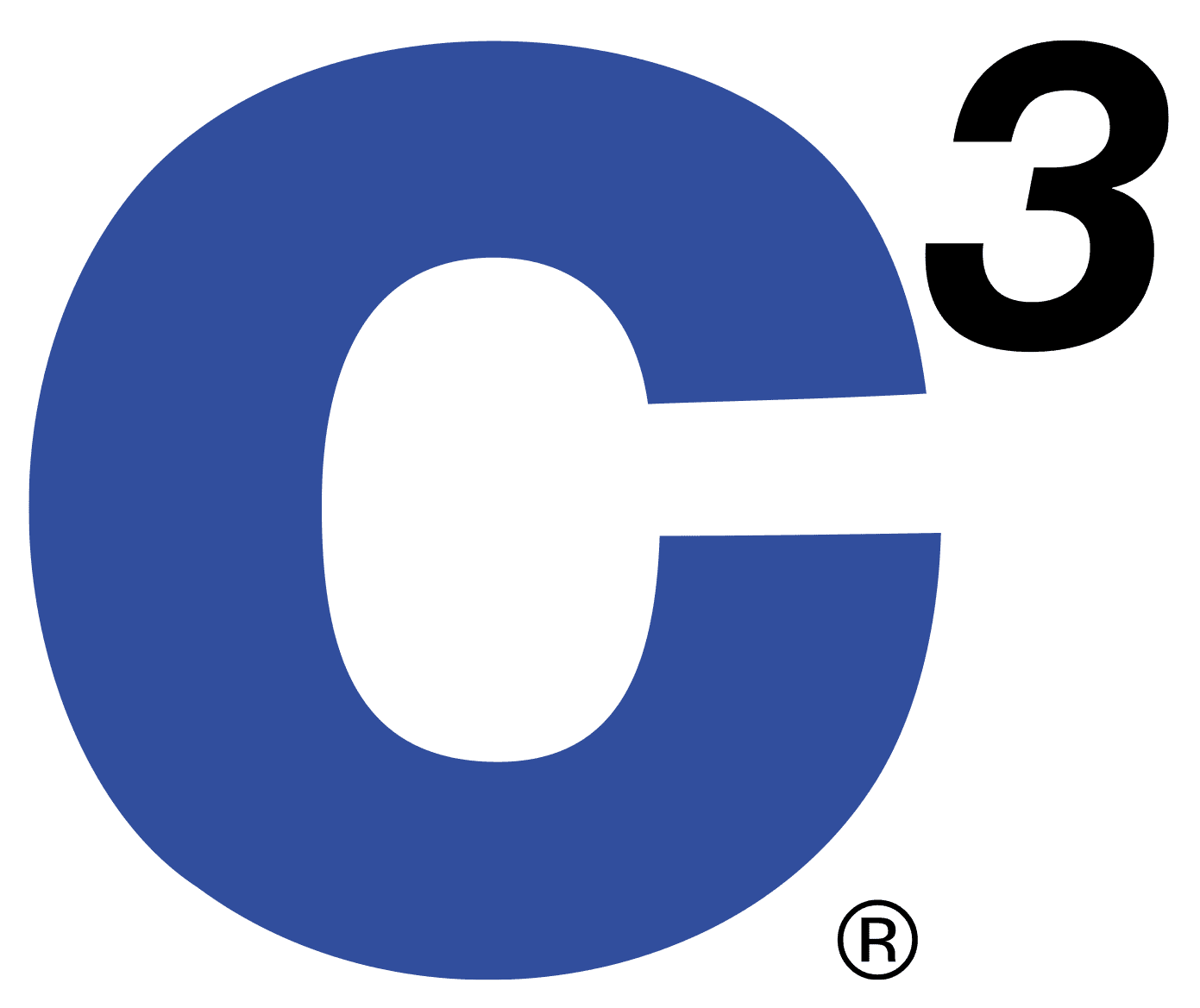What’s your reason for compression packaging?
- Shelf appeal for retail
- E-commerce sales
- Save on shipping costs
- Reduce space in inventory
- Branding
- End consumer demands
It’s getting expensive to stock and send foam products as-is. Customers also don’t want to deal with the hassle of lifting and moving large packages. Small, tight packages that fit into bags or boxes are ideal for the e-commerce market (and frankly, any of the above goals as well).
Compression machines transform products like toppers, mattresses, wedges, and blocks of foam into these ideal packages. But before you start looking at purchasing a machine, look at your product and its capabilities first to figure out the best packaging option.
Invite Everyone Into the Room
When designing a packaging solution, the best result comes when we satisfy all involved in its creation; from the operators running the product to the retailers stocking their shelves. When we engage everyone early on, we can design anything we need to on the machine side.
The marketer will know the retail restrictions the product will need to align with. The chemist will know what the foam can handle. The operations engineer will understand the capabilities of manufacturing.
Together, a discussion happens. We discover what is most important and what can be adjusted to reach the common goal. Once we understand the product and all its allowances and restrictions, then we design based on the best package and reverse engineer from there.
You hit a home run.
Product Spec: Density
We never want to take a product and shove it through a machine “hoping” it will work. We can be smarter than that. Our conversation needs to be based on what your product can and can’t handle when it comes to compression.
Before we even push a product through a machine to test, we can create an estimate on what your product will be able to handle.
Density is the most important value we monitor. There’s a volume change when we compress foam, called compression set. If this is too high, we can damage the product and it won’t recover.
Finding the right amount of pressure for the product’s attributes allows us to create the ideal package. To do this, we use calculators to determine what your product can handle in a compressed state. Once we know this, we evaluate what packaging options are available for the product.
Choosing the Best Package
Once we know what our viable packaging options are, we can go back to the reasons we wanted compression in the first place. If branding capability is the top value, then which option allows for the best printing? If cost is a factor, which packaging option saves us the most on shipping?
When we know what’s possible, it’s easier to talk about what’s important and how we’ll get there.
Did you notice… we’re not even talking about a machine yet.
Nor should we. Your product is unique. While there are commonalities in the industry, every manufacturer abides by their own set of restrictions. It wouldn’t make sense for a machine to be one-size-fits-all.
The reason you’re even considering compression is to stand out in the marketplace. Our goal then becomes not which of our machines is best for us to sell to you, but what is unique about your product and how can we deliver a process that works best for you.
